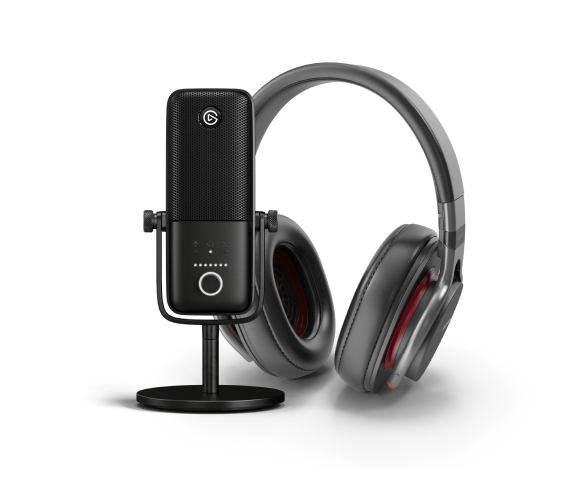Check out our latest blog article: From component to enterprise – modular robotics done right.
Houston-Based SnapStream's Ascent to $7M in ARR
Connect with Rakesh Agrawal on LinkedIn
Learn more about SnapStream on their website
Connect with Chris Howard on LinkedIn
Check out Softeq on the Softeq website
Timecoded Guide:
[00:00] Podcast begins - Houston-Based SnapStream's Ascent to $7M in ARR with Rakesh Agrawal
[01:19] Pivoting product through the early days of SnapStream
[10:06] Listening to customers from a product management perspective
[12:45] Stepping into the visionary role using EOS (Entrepreneurs Operating System)
[23:16] Approaching product development with AI technology
[28:43] Diving into an angel investor role in the Houston startup ecosystem
How did you realize that SnapStream’s early product Beyond TV was ahead of its time and that you needed to pivot?
In the early 2000s, SnapStream had sold about 200,000 copies of their product, but they realized they had reached a saturation point with their target market of early adopters. This realization prompted them to question their future direction and explore different avenues. They initially built a social network for television viewers called CouchVille, but it didn't prove to be a sustainable business model due to the uncertainty surrounding advertising revenue. Another idea they pursued was catering to businesses that were using SnapStream's product for their broadcast studio operations. This led them to discover a niche market where their product was highly valued.
“Over the years, we had people come to us and say, "Hey, we are using your $100 product in our broadcast studio operation." Like, for example, people from Saturday Night Live had called us and said, "We're tinkering around with your product and it's really useful to us. We have a stack of TiVos that we record a bunch of stuff on, and we'll use clips of that stuff in certain segments of the show. And so, the Daily Show and Colbert and all these late-night TV shows became customers and we just leaned into it.”
What was a key to success as you developed the enterprise software product? The success of SnapStream's enterprise product was a result of actively listening to their customers and addressing their needs. They focused on solving the problems their customers were facing, rather than assuming what they wanted. Agarwal emphasizes the importance of reading between the lines and understanding the implicit needs of customers. There is a balance between listening to customers and innovating beyond their explicit requests.
“As we spent time with people, and you would see the things that they were doing. And we're like, "There's probably a better way to do that, probably a better way to accomplish their goal?" So, yeah, a lot of times, it's like, the old Henry Ford, quote, if I'd listen to my customers, I would have built a faster horse. Absolutely true in terms of gleaning insights from customers.”
As SnapStream scaled, what key strategies did you use to drive innovation internally? In the early days, when the company was small, Agrawal admits to being a benevolent dictator, making most decisions without much structure or leadership. However, he realized the need for change and the importance of building a strong team. Over time, he has built a leadership team that is responsible for various functions within the company through the implementation of the Entrepreneur's Operating System. EOS is a framework for dividing up responsibilities and setting goals for the company on a quarterly, annual, and multi-year plan basis.
“Level 10 meetings, and many of the cadences that are part of EOS are things that we use in the company. I'm sure that there are different ways that you can use EOS, I think we're flexible to exactly how we execute on it. We're not zealots about the process, which I appreciate, but we do use that basic framework for how we divide up responsibilities, and how we set goals for the company…”
How has AI influenced your approach to product development?
Over the years, Snapstream has grown and evolved, adapting to the changing needs of the media industry. The company has embraced advancements in artificial intelligence and machine learning, incorporating these technologies into its products to provide more advanced media monitoring and analysis capabilities. By actively engaging with the market, investing in early-stage companies, and staying connected to the industry, Agarwal ensures that SnapStream stays at the forefront of innovation.
“We have this video, we have the transcript, and so, transcripts are good for LLMs (Large Language Models). It's a perfect fit, but like, how do we marry that transcript to the actual video asset itself? So, I think summarization is an interesting area and there's some features that we're probably shipping into the product soon around summarization. I think that actually having AI find the clips, the moments that matter within a program is also interesting.”
You maybe interested in:
